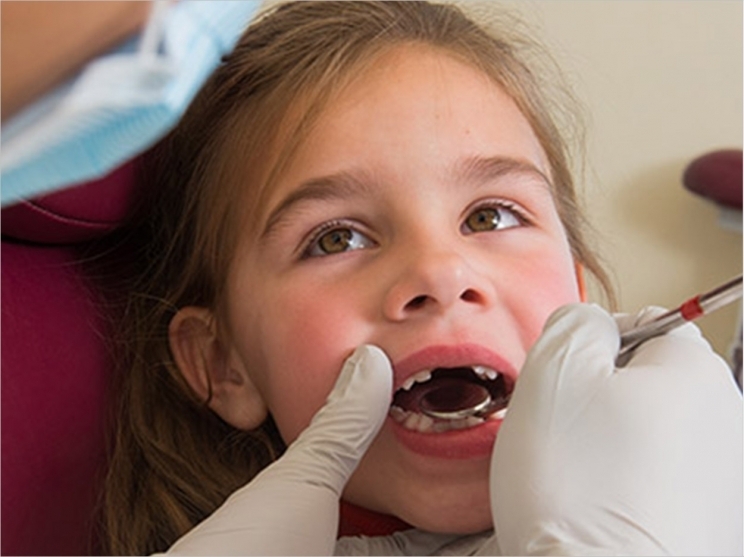
As schools return to virtual and in-person learning, many low-income, Medicaid-enrolled students are at risk of losing school-based dental care, according to DentaQuest and its Partnership for Oral Health Advancement.
Many school districts across the country have had to postpone school-based oral health (SBOH) programs, and others are considering the same, the organization said. SBOH programs connect low-income students and families with dental care such as screenings, sealant applications, fluoride treatment, cleanings, and diagnostics.
For some students, DentaQuest said, SBOH programs are their first encounter with a dental provider. For others, it is their only source of dental care and only access point for healthcare in general.
“We provide Medicaid dental coverage to more than 27 million people nationwide, the majority of whom are children,” said Steve Pollock, president and CEO of DentaQuest, which says it is the leading dental benefits administrator in the country.
“The ability for children to access oral healthcare at school or during an afterschool program is a game-changer for families, especially those with more limited resources,” said Pollock.
DentaQuest and its Partnership for Oral Health Advancement, which together make school-based care possible for more than a hundred thousand students across the country, are calling on school districts and oral health stakeholders to come together to help preserve school-based access to care for children and families who rely on their dental programs each year.
Many school districts are open to exploring alternative options, DentaQuest said. Expanding the use of teledentistry, setting up alternative locations for care, and ensuring that proper infection control measures are incorporated in all in-person care settings are all being evaluated and tested, the company said.
“We know that oral health directly impacts a child’s overall health, and ensuring children have preventive dental care will help address deep disparities in healthcare,” said Dr. Myechia Minter-Jordan, president and CEO of the DentaQuest Partnership for Oral Health Advancement and Catalyst Institute.
“We urge communities to find new and creative ways to continue offering school-based oral health to students, especially during these challenging times. We will continue to be a source of information and support for these efforts,” she said.
Increasingly, DentaQuest added, research has shown that poor oral health has a direct link to higher risks of chronic illnesses, including cardiovascular disease, diabetes, high blood pressure, obesity, dementia, adverse birth outcomes, and poor respiratory health. Other findings related to SBOH from the DentaQuest Partnership include:
- SBOHs are a primary access point to care. School-based dental services are an important access point for children who might not otherwise be able to see a dentist. Fifty percent of children who received dental care in schools did not see a dentist in the prior year.
- SBOHs lead to further care. Among children who had not seen a dentist in the year prior, more than a third went on to see a dentist after their school-based service.
- Schools are an important access point for preventive care. Of children who had a school-based dental service, 80% had received a fluoride varnish application, 68% received a comprehensive dental examination, 60% had x-rays or intraoral images taken, and 42% had sealants placed.
- SBOH benefits the youngest kids most. Elementary aged children (ages 5 to 10) are the most likely to have a school-based dental service (making up 60% of the school-based claims), followed by middle school ages (31%) and then high school ages (9%).
- Better oral health helps school performance. It is estimated that more than 51 million school hours are missed annually due to dental conditions.
Related Articles
Study to Explore Effectiveness of School-Based Dental Programs
Nova Scotia Schools Move from Mouth Rinse to Fluoride Varnish
The United Kingdom Lags in School-Based Oral Health Education











